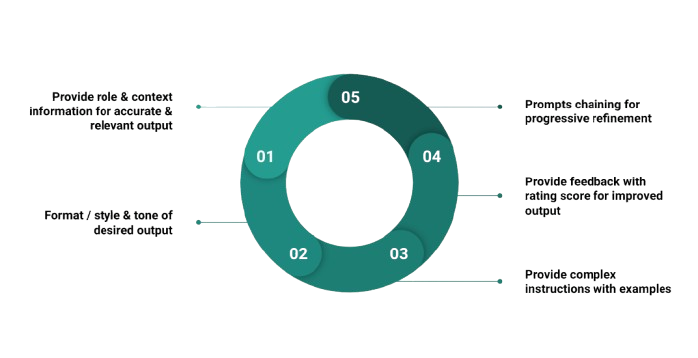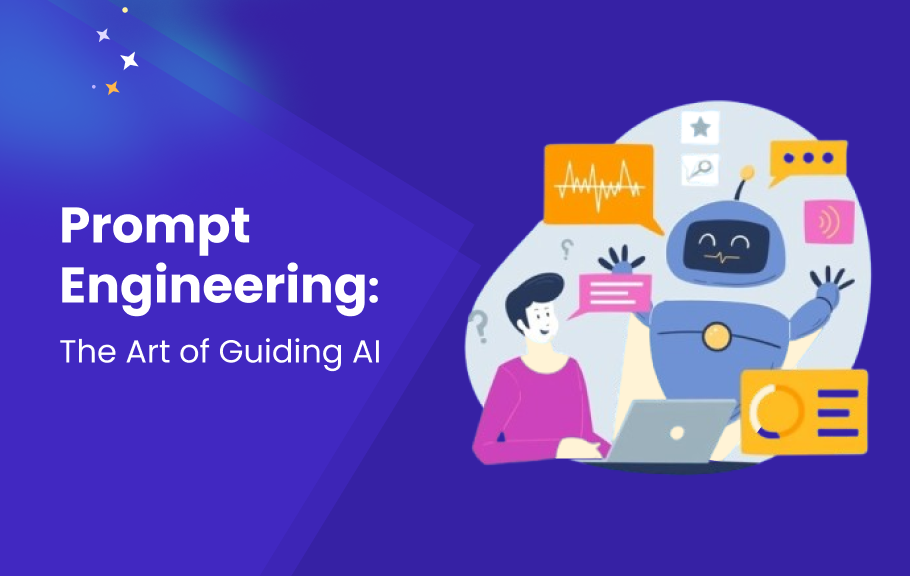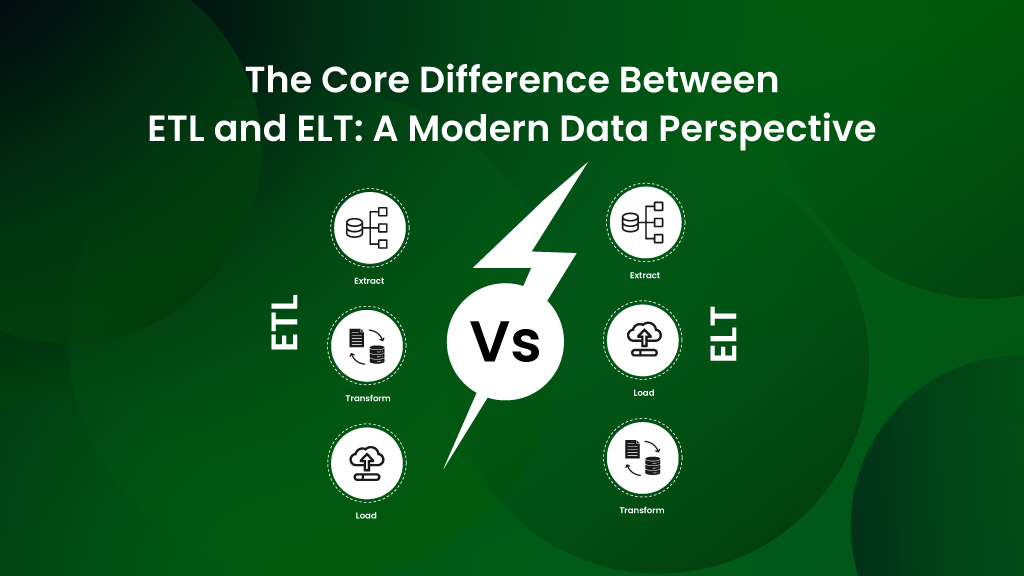Prompt engineering is the craft of creating precise and effective inputs that guide AI systems toward achieving specific results. Much like instructing an artist to create a masterpiece, a well-designed prompt can transform an AI system’s output into something highly valuable and relevant.
As AI becomes more central to innovation, prompt engineering has been described as “the new form of programming”, highlighting its critical role in shaping AI outcomes. This statement underscores the idea that just as programming languages became foundational to computers, prompt eng is becoming essential in directing AI models.
Understanding the Basics
- Prompt: The input provided to an AI application to elicit a response.
- AI Application: A system utilizing AI to perform tasks.
- Response: The AI’s output is based on the given prompt.
Key Concepts
- Natural Language Processing (NLP): AI’s ability to understand, interpret, and generate human language.
- Intent Recognition: Identifying the user’s primary request.
- Entities: Specific pieces of information like dates, names, or products extracted from the input.
- Dialogue Flow: The structure and continuity of interactions between AI and users.
- Training Data: High-quality datasets that improve AI’s ability to generate relevant responses.
- Context: The conversational or situational background necessary for multi-turn interactions.
A Beginner's Guide to Prompt Creation

- Provide Context: Clearly define the subject or goal.
- Be Specific: Use direct and unambiguous language.
- Break It Down: Divide complex tasks into smaller steps.
- Experiment: Continuously refine prompts based on AI feedback.
Chain-of-Thought (CoT) Prompts
Chain-of-Thought (CoT) prompting involves guiding AI models through reasoning steps before asking them to respond to a multi-step problem. By chaining together thoughts and using logical steps, you can significantly enhance the accuracy and quality of AI responses.
For instance, when dealing with a customer service issue, CoT prompting allows AI to methodically evaluate the situation and provide detailed recommendations to resolve the case, enhancing both efficiency and accuracy.
Key Considerations for CoT Prompting
- Zero-shot Prompting: Involves instructing the AI to think step-by-step, allowing it to generate its reasoning without examples.
- Few-shot CoT Prompting: Improves results by combining CoT with examples to guide the model.
- Advanced Model Selection: Choosing models with strong reasoning capabilities, like GPT-4 Turbo, can enhance outcomes for complex tasks.
Automatic Reasoning with CoT Prompts
Prompt Engineering for Complex Tasks
“Generative AI changes the way applications are written. Rather than writing software from scratch, we assemble AI models, give them missions, and use intermediate results to achieve goals.”
The Power of Well-Designed Prompts
- Customization: Allows for tailored AI outputs to suit specific requirements.
- Efficiency: Automate and streamline workflows, making processes faster and more accurate.
- Creativity: Generate new content or ideas by leveraging AI models effectively.
- Problem-Solving: Simplify complex problems by breaking them into smaller, manageable steps.
Best Practices for Prompt Engineering
Effective prompt eng is about communicating clearly and guiding AI models to produce the best results. By following these simple best practices, you can improve how AI responds, leading to more accurate, relevant, and creative outcomes. Whether you’re generating content, analyzing data, or looking for specific information, how you ask matters.
Here’s a simple guide to the best practices for prompt creation:
1. Use the latest models: Newer AI models are generally smarter and more intuitive, making it easier to get the responses you want.
2. Know the model’s strengths and weaknesses: Understanding where the AI excels or struggles helps you shape prompts that play to its strengths and avoid areas where it may falter.
3. Provide context: Include enough background information to guide the AI. For example, explain what you’re trying to achieve so the AI can give more relevant answers.
4. Give clear examples: Showing the AI what you expect through examples can help it produce more accurate and structured responses.
5. Experiment with different prompts: Don’t be afraid to try variations in how you ask the AI questions. You might discover better ways to get the results you need.
6. Use specific keywords: Incorporating keywords or commands the AI recognizes can help direct the output more precisely.
7. For coding tasks: Use “leading words” to steer the AI toward specific coding patterns or solutions, ensuring the right structure.
8. Clarify to avoid confusion: Think about how the AI might misunderstand your prompt and add extra details or instructions to prevent incorrect answers.
9. Use chain-of-thought prompts: For more complex tasks, break them down into smaller steps so the AI can handle each part logically and accurately.
By following these straightforward practices, you can improve the quality of interactions with AI, making it more responsive and effective in meeting your needs.
Common Pitfalls and How to Avoid Them
- Ambiguity: Avoid unclear or open-ended prompts.
- Over-Complexity: Keep prompts simple and focused.
- Lack of Context: Provide necessary background information to enhance responses.
- Bias: Be mindful of inherent biases in training data and prompts.
Real-World Applications
- Customer Service: AI chatbots offering detailed, accurate solutions.
- Content Creation: Assisting in writing blog posts, articles, or marketing materials.
- Healthcare Diagnostics: Guiding AI through step-by-step symptom analysis for potential diagnoses.
- Legal Document Review: Highlighting key terms in contracts for faster analysis.
- Data Analysis: Structuring prompts to analyze datasets step-by-step, providing detailed insights.
Use Cases of Prompt Engineering
1. Educational Tools: AI models generating tailored study guides, quizzes, and interactive learning materials by following prompts designed to engage students through structured reasoning.
2. Project Management: AI-driven task allocation based on project scope and resources, where the prompt breaks down project requirements and aligns AI-generated suggestions with team capabilities.
The Future of Prompt Engineering
The future of prompt eng is intertwined with the continued evolution of AI models and their ability to solve more complex problems. Mastering advanced techniques like Chain-of-Thought prompting, few-shot learning, and dynamic prompts will enable practitioners to unlock AI’s full potential. This will further shape industries by creating tailored solutions, refining problem-solving abilities, and transforming workflows.
As AI progresses, prompt eng will be key in enabling these systems to generate the reasoning needed to tackle increasingly sophisticated challenges. The ability to iterate and refine prompts will continue to drive innovation across sectors like healthcare, manufacturing, and finance.
Ethical Considerations
Conclusion
FAQs
- Clarity and Specificity: Clear prompts reduce ambiguity and help AI generate accurate responses.
- Context: Including relevant background information ensures that the AI understands the scenario fully.
- Iteration: Experimenting and refining prompts based on outcomes improves accuracy.
- Chain-of-Thought (CoT) Prompts: CoT helps guide the AI step by step, leading to more coherent results, especially for complex tasks.
Prompt eng faces limitations such as:
- Ambiguity: Vague prompts can lead to incorrect or incomplete outputs.
- Bias: Prompts may inadvertently reflect biases present in the training data, skewing the AI’s output.
- Over-Complexity: Complex prompts may confuse the AI unless simplified or structured using techniques like CoT prompting.
- Narrow Focus: Excessive focus on specificity may limit AI’s flexibility and creative problem-solving.
You can overcome these challenges by:
- Experimenting with Zero-shot prompting and Few-shot Learning: Allowing the AI to infer or reason through examples.
- Using Chain-of-Thought Prompting: Breaking down complex tasks into smaller steps to improve the AI’s reasoning.
- Iterating Prompts: Regularly refining and adjusting prompts based on the AI’s feedback.
- Addressing Bias: Be aware of potential biases and craft neutral, well-balanced prompts.
It is crucial for businesses as it:
- Improves Efficiency: Well-structured prompts help AI complete tasks faster and with greater accuracy.
- Enhances Customer Experience: AI chatbots can deliver personalized responses, leading to better customer service.
- Enables Automation: Prompts guide AI in automating complex workflows, freeing up human resources.
- Drives Innovation: Prompts can help businesses explore new ideas, develop products, and create content
.
The most common types of prompts include:
- Zero-shot Prompts: Where the AI is asked to generate a response without any examples or prior data.
- Few-shot Prompts: Provide a few examples for the AI to learn and generalize from.
- Chain-of-Thought (CoT) Prompts: Break down the task into logical reasoning steps for better accuracy.
- Contextual Prompts: Use prior conversation or data history to improve the relevance of the AI’s responses.
Businesses can use prompt eng to:
- Streamline Operations: By automating repetitive tasks like customer support or data entry through effective prompts.
- Generate Creative Content: Craft prompts for AI to assist with marketing materials, reports, or other creative assets.
- Enhance Data Analysis: Guide AI models to break down and analyze large datasets, helping businesses make informed decisions.
Emerging trends include:
- Tool Integration: AI models can now use tools like APIs or custom workflows triggered via prompts, automating advanced tasks like data analysis or task management.
- Ethical Prompt Eng: Businesses are focusing more on reducing biases and ensuring that AI operates within ethical boundaries.
- Enhanced Creativity with Generative AI: Leveraging AI’s creative potential in content generation, design, and product development, fueled by more dynamic and flexible prompts.





